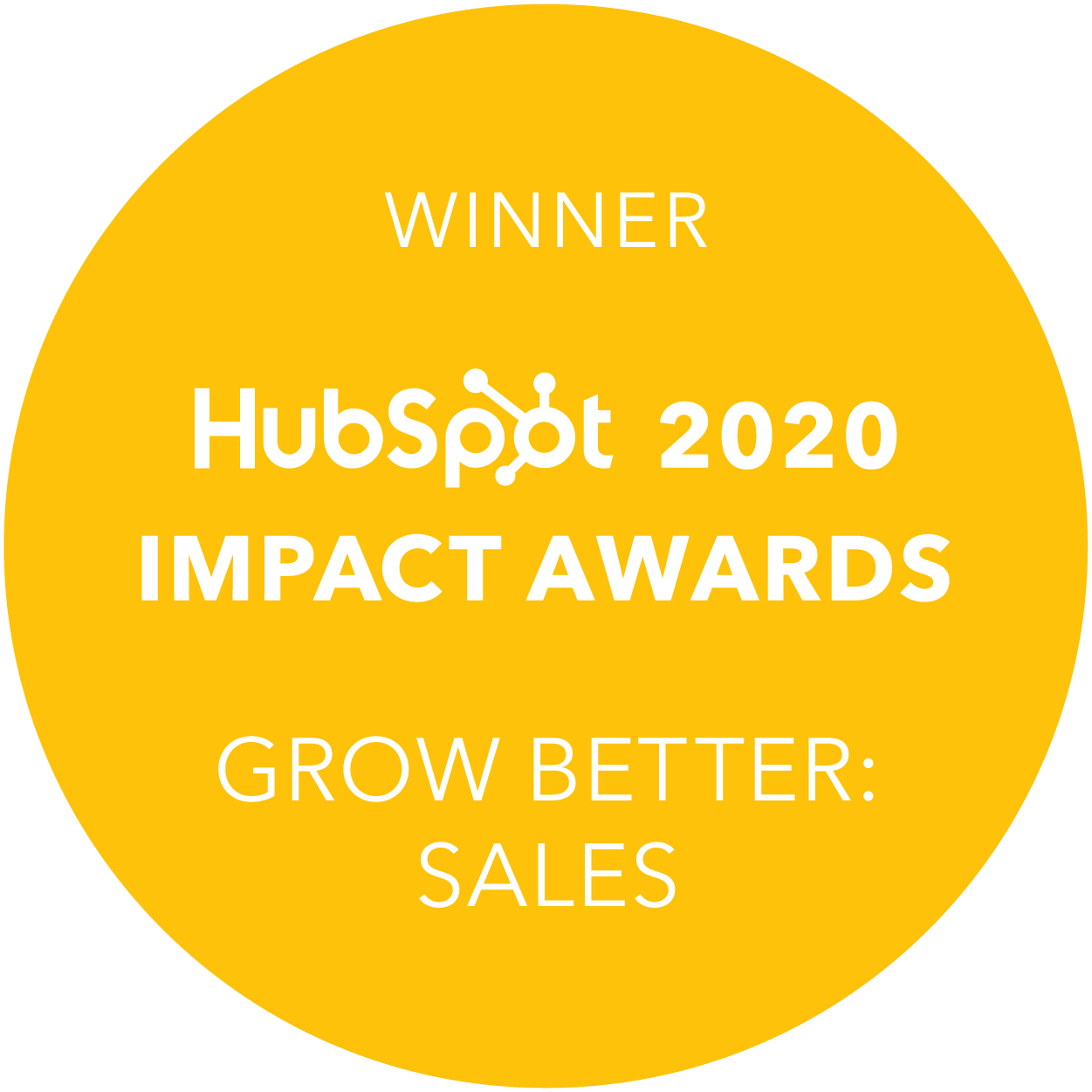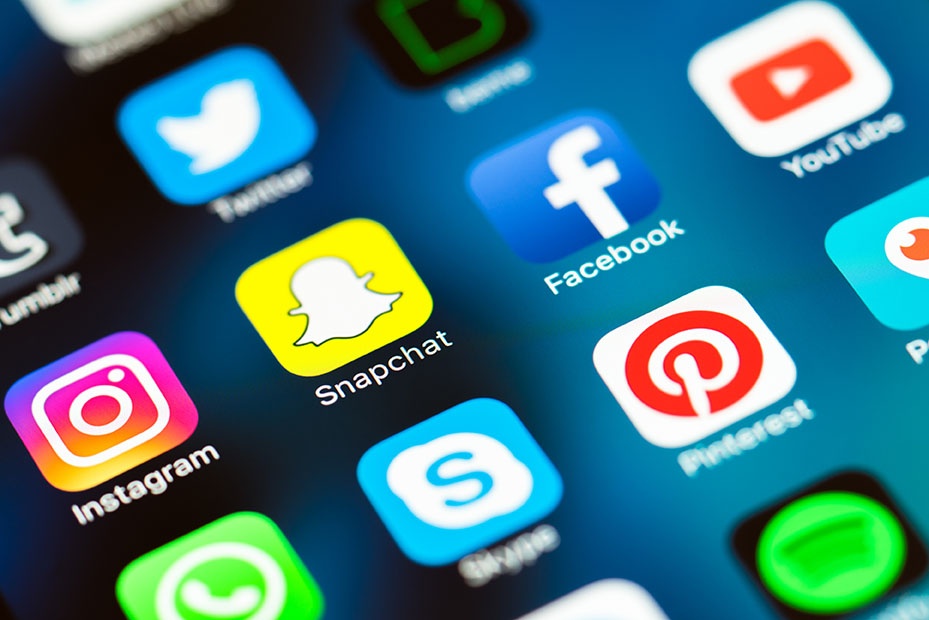Copywriting is the act of writing text that sells. So by definition, it has to be compelling. With so many brands pumping out content to the World Wide Web, your online audience doesn’t have time to waste cutting through the clutter.
In today’s fast paced world, copywriters needs to pull you in with bold, impactful words that get right to the heart of your deepest pain point. They must present a problem that disrupts the status quo and inspires you to “Think different” about your circumstance. They should help you to overcome your problems and achieve your goals “because you’re worth it”. They should do this with a sense of urgency, convincing you to stop thinking about purchasing and “Just do it”. Those words must continue to delight you even after your purchase, so that “Once you pop, You can’t stop”.
Now it's your turn to use words that attract, convert, close and delight your buyers. So, let’s review 10 copywriting tips that will lead your buyers’ to pull the trigger on that juicy CTA and push them further down the sales funnel.
1) Get to know your target prospect

When you walk into a book store it’s likely that you’ll head to a particular section. This will be based on your reading preference. If you’re looking for a novel by Stephen King, you’ll be seeking a completely different writing style to someone who’s after a cookery book by Jamie Oliver. As a result, the author of either book will have refined their writing style to attract, and ultimately hook their respective audience. Stephen King will use a highly descriptive style to bring three-dimensional, dynamic characters to life. Whereas Jamie Oliver will use slap-dash informal language to convey his personality and educate his readers on cooking.
The same is true for copywriters. It’s essential to know who you’re writing for before you can begin casting your message. Doing so will make it easier to highlight irresistible benefits throughout your copy. Benefits that relieve ultra-specific pain points, making the offer all the more compelling to the right audience.
To accurately and efficiently isolate your target prospect's problems (which will illuminate the benefits most fascinating to them) start by answering a series of questions about their personal background, their company and the position they hold, and their challenges, goals, and shopping preferences. In other words, create a buyer persona. As a result, you’ll amass an abundance of invaluable information that you can then use to attract attention and inspire action.
2) Exploit the psychology of exclusivity

Diamonds are not rare. In fact, they are in plentiful supply in numerous different parts of the world. There are even warehouses full of them waiting to be sold! But they don’t tell you that. Instead, they keep the supply low and the demand high. Doing so increases the value and allows them to sell for a higher price.
The words you choose can have a similar effect on your reader. If you want to make your prospects feel special, create a buzz around your product or service. Tell them they’ve been “hand selected” or “randomly picked”. Exclusive access to a product or service can make the offer seem all the more tempting.
When Google launched a soft beta of Google+ they invited only a select few users to create a profile. This sparked a frenzy around the product and created a desire (that compels) out of thin air. Psychology’s good for that.
3) Keep it personal
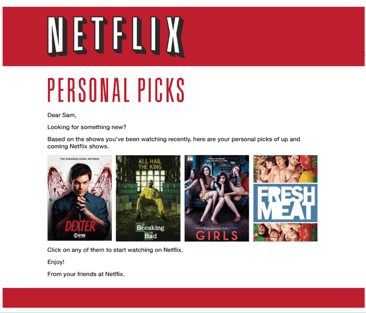
Nearly 80% of the time spent on social media is now on mobile, and 65% of digital media interactions in general. Our mobile screens are far more our personal space than any previous advertising medium. Which means advertising has never been so intrusive. As a copywriter, it’s up to you to adapt your messages to ensure they are relevant and valuable for your prospects. That means sharing content that’s more personalised and more stylised than ever before.
Despite the growing fears around privacy and the fast approaching new GDPR regulations that will bring tighter controls on how marketers access customers data, it’s clear that consumers are open to personalised marketing. In fact, Adobe even found that 78% ‘like them’. A Yahoo study confirmed these results, adding that consumers find them more engaging (54%), educational (52%), time-saving (49%) and memorable (45%) than general-audience ads.
4) Make it emotional
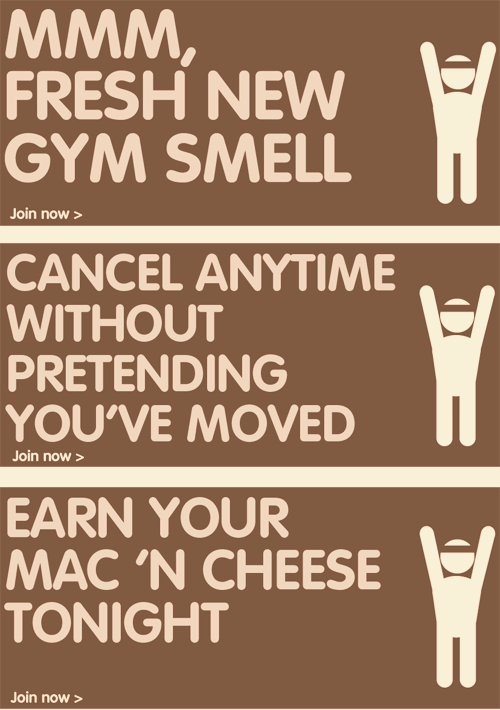
When it comes to converting your prospects, talking about the features of your product or service will only get you so far. Why? Because features appeal to your prospect’s logical brain. And purchases aren’t driven by logic. They hinge on emotion, which explains why good copy makes us want to laugh or cry or pick up the phone to call home.
This is the reason Coca-Cola has gone with slogans like “Open happiness” and “Taste the feeling”, rather than “14 teaspoons of sugar for those experiencing fatigue”. It appeals to the emotions, not logic. And when you make people feel the value of your product or service, they are more likely to remember it.
To speak to the heart of your buyer, think about the benefits your buyers can gain from your product or service. What problems will it fix for them? How would they feel without it? Think about how you can translate these into tangible feelings that makes the reader double take and realise they want that feeling.
5) Draw analogies and metaphors
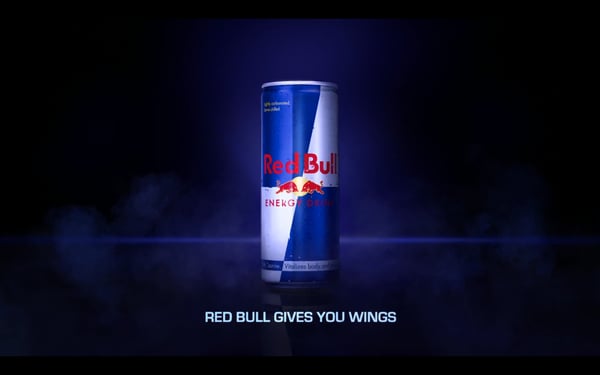
Metaphors structure thinking. They help us grasp an idea quickly by drawing on our past experiences of something similar. It’s how we are able to understand complex scientific theories like “The Butterfly Effect” or “Black Holes”. It’s how children learn why you shouldn’t “Cry Wolf”. And it’s how you educate your prospects in a compelling way.
"Red Bull Gives You Wings". Clearly, it doesn't. But the explanation for this slogan is that the energy drink is supposed to give consumers so much energy that they could fly. Whether that be physical or mental endurance, the image conveys a sense of power and freedom that will ultimately help the buyer reach their destination. This enhances the value of the product to Red Bull's target audience.
The metaphor is one of the most powerful tools in the artist’s toolbox. (There’s one right there!). As long as your juxtaposition makes sense, as long as it connects the dots and isn’t cliché, you’re likely doing your reader a favour by helping them experience your offer in a fresh, descriptive, and memorable way.
6) Create a sense of urgency
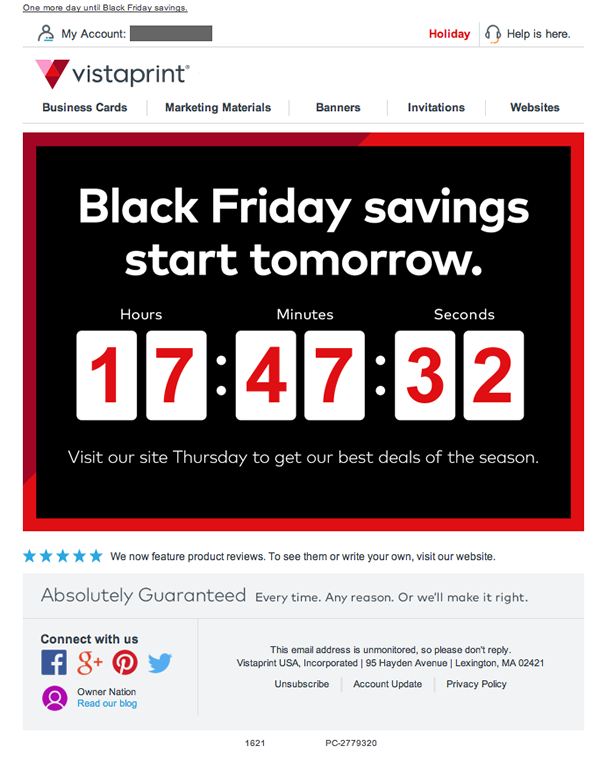
Think back to the last time you made a purchase. Chances are, you felt a little uneasy before you purchased. You were aware of a problem and you were looking to solve it. When you found the solution to your problem, the thought of leaving it unresolved made you feel even more uncomfortable. Therefore, you made a decision (based on your emotions) that a purchase was necessary. In essence, your state of discomfort compelled you to act.
There’s a reason we dish out heaps of cash on Black Friday and Boxing Day. Our favourite products at discounted prices for a limited time only. If your copy leaves readers with the impression that your offer will always be there, patiently waiting for them to pull the trigger, they may use that as a justification to not convert on your call-to-action. They’ll sleep on it, consider their options, and weigh the pros and cons. And after all that, they may very well do nothing at all because you gave them the chance to talk themselves out of it.
Time sensitive language can sometimes be all it takes to nudge mid-funnel buyers along. Words such as, “This offer ends tomorrow,” or “Last chance,” or “These savings won’t last forever” are surefire ways to make buyers reach straight for their credit card.
7) Tailor your CTA
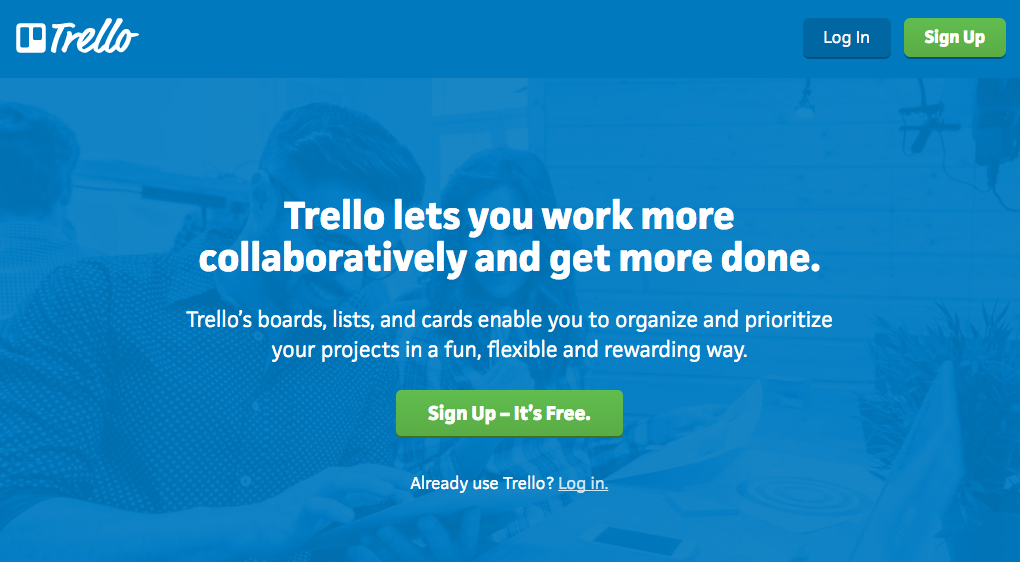
You’ve spent hours honing your writing skills, tweaking every last word to drive traffic to your site. The last thing you want to do is leave your reader unsure of where to go or what to do next.
A call-to-action (CTA) will often be the last thing users read before making a decision on whether to invest in your business. To convert prospects you need to show them that you’ve got something valuable to offer. That’s why a well-executed CTA is one of the most compelling elements your copy can possess.
- Keep it simple
- Use persuasive text
- Emphasise the value
- Make it action orientated
- Create a sense of urgency
Trello use an effective CTA by highlighting the key benefit of the product. It’s bold, impactful and creates a sense of urgency for those who want to work more efficiently. This get's right to the heart of the prospects pain point. So, what’s yours?
8) Be positive in your tone
Positivity is awesome! It's the smile that makes you smile back. It's the feel good spirit that carries you through the tough times. It's the attitude required to achieve any level of success. Positivity is desirable. That's why it sells.
We naturally surround ourselves with people who make us feel good. The same is true for the brands we choose to interact with. According to Psychology Today, “Positive emotions toward a brand have far greater influence on consumer loyalty than trust and other judgments, which are based on a brand’s attributes.”
What does it mean to be positive? It means creating an upbeat, feel-good, it’s-a-great-day attitude in your writing.
Does this sound cheesy? Not if you do it right. Positivity is basically happiness, the emotion that makes us feel good inside. Happiness can have tremendous effects on our motivation and can dramatically influence the decisions we make.
Harvard researchers have found that positive emotions had higher viral potential. This because happy people are more likely to share their happiness with others. In addition, happy people are more likely to receive and respond to your marketing message.
So, how do you keep a positive tone in your writing?
- Positive content is very personal. Speak directly to the reader.
- Positive content cuts the jargon. Make it accessible, not opaque.
- Positive content focuses on solutions. If you focus exclusively on the problems you’re trying to solve, you’ll discourage the reader. Stay solution-focused.
- Positive content uses words that connote happiness. These are words such as “love,” “like,” “up,” “great,” “good,” “yes,” “awesome,” “sweet,” “reward,” “yeah,” “perfect,” “boost,” and "progress."
- Positive content is easy to read. No one feels buoyant when they are trying to read big words, long sentences, and confusing copy. Let the content flow with a short, quick, easy format.
9) Pat the consumer on the back
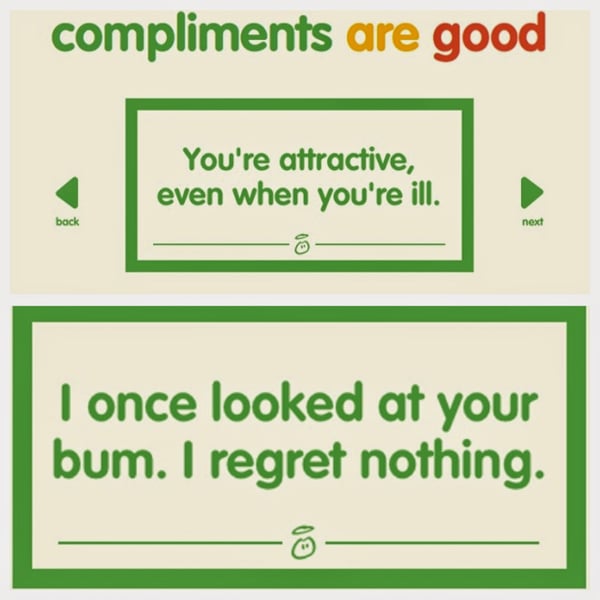
You look great in that outfit! How does that make you feel? Everyone likes a compliment. If you can make your reader feel good about themselves then you clearly have a good sense of who you are writing for and how to tickle their sweet spot. Telling your readers that your product or service will help them to be even better will help you sell.
Here are a few tips for writing copy that makes the customer feel good:
- Don’t be controversial. It can be an instant turn-off. Know who you’re targeting, and speak like you’re on their side about the topics that they want to hear.
- Lead with information that they already know. Establishing some commonality regarding their knowledge is a great way to establish subtle camaraderie, and encourage them to think positively about themselves.
- Draw attention to what they want to achieve. People enjoy feeling validated. If you can simply state how they feel, it will put them in a self-encouraged frame of mind.
10) Write with brevity, clarity and relevance
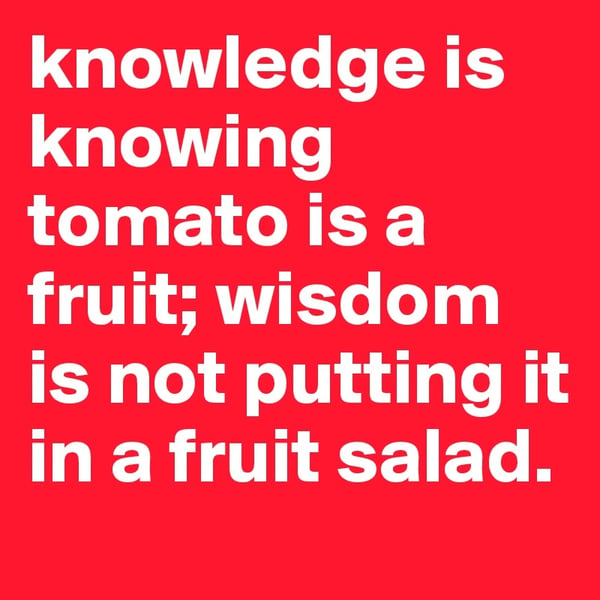
1. Brevity. People have short attention spans. Today, that's truer than ever. Put your thesaurus away and get to the point of what you want to say. Once you've said it, move on to the next point. Keeping your reader engaged is a copywriting dealbreaker. Without their attention, your words won't serve any value.
2. Clarity. Unless an emotional narrative calls for it, copywriters don’t use two or three words when one will do. Cutting to the chase and reducing you word count tends to have a knock on effect to the variety of your sentence lengths. This makes content more easy on the eye. Free flowing text is a pleasure to consume.
3. Relevance. Write your content with your intended reader in mind. Discovering the sweet spot between the things you want to say and the things your reader wants to read is vital for your content to resonate.
Conclusion
Copy is writing that sells, so by definition, it has to be compelling. But that’s like telling an aspiring artist that their paintings need to be captivating. Without the brush stroke techniques, the creative eye, and 10,000 hours of practice that is required to master any skill, it’s unlikely that those words of enlightenment will serve much purpose.
However, understanding the techniques involved provides insight into what works and why it works. Practice them and, over time, you’ll steadily compel more people to take action more often. Until one day, these techniques will become part of you, ingrained in your skillset.

.png?width=200&height=67&name=RevM%20Digital%20Marketing%20Agency%20Woking%20Surrey%20(1).png)

